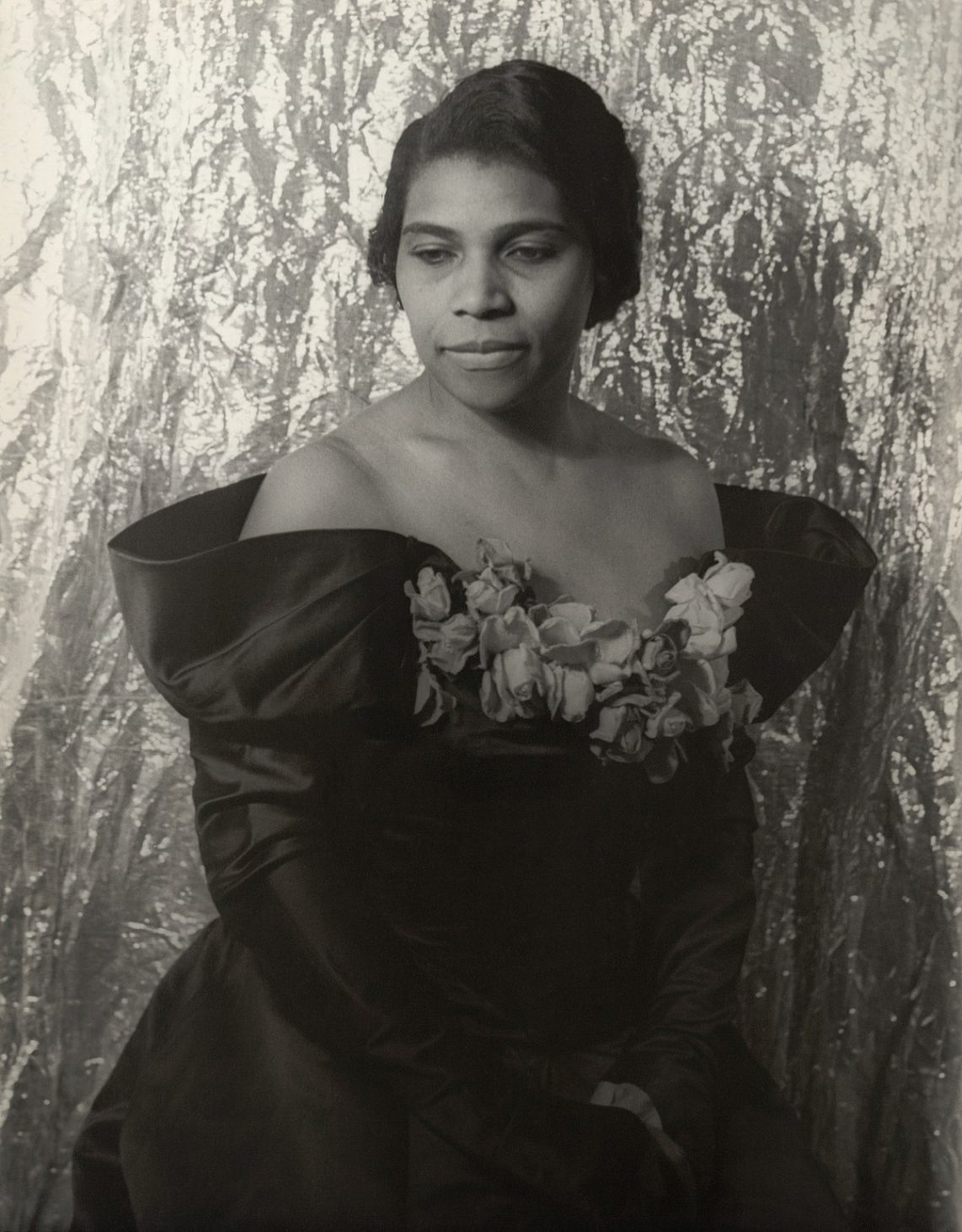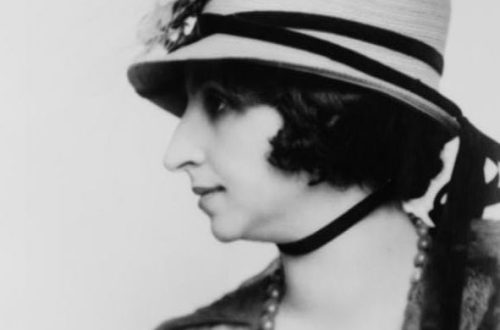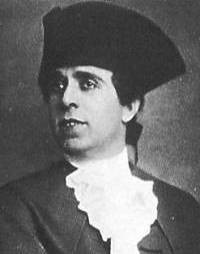
Marian Anderson |
Marian Anderson
The contralto of African-American Marian Anderson fascinates with a number of unique features. In it, along with amazing vocal mastery and brilliant musicality, there is an absolutely extraordinary inner nobility, penetration, the finest intonation and timbre richness. His detachment from worldly fuss and the complete absence of narcissism create the impression of some kind of divine grace ‘flowing out’. The inner freedom and naturalness of sound extraction are also striking. Whether you listen to Anderson’s performances of Bach and Handel or Negro spirituals, a magical meditative state immediately arises, which has no analogues …
Marian Anderson was born in one of the colored neighborhoods of Philadelphia, lost her father at the age of 12, and was raised by her mother. From an early age, she showed singing abilities. The girl sang in the church choir of one of the Baptist churches in Philadelphia. Anderson talks in detail about his difficult life and singing ‘universities’ in his autobiographical book ‘Lord, what a morning’ (1956, New York), fragments of which were published in 1965 in our country (Sat. ‘Performing Arts of Foreign Countries’, M ., 1962).
After studying with the famous teacher Giuseppe Bogetti (J. Pierce among his students), and then in the vocal studio of F. La Forge (who trained M. Talley, L. Tibbett and other famous singers), Anderson made his debut on the concert stage in 1925, however, without much success. After winning a singing competition organized by the New York Philharmonic, the National Association of Negro Musicians provides the young artist with an opportunity to continue her studies in England, where her talent was noticed by the famous conductor Henry Wood. In 1929, Anderson made his debut at Carnegie Hall. However, racial prejudice prevented the singer from earning the universal recognition of the American elite. She again leaves for the Old World. In 1930, her triumphant European tour began in Berlin. Marian continues to improve his skills, takes a number of lessons from the famous Mahler singer Madame Charles Caille. In 1935, Anderson gave a concert at the Salzburg Festival. It was there that her skill enthralled Toscanini. In 1934-35. she visits the USSR.
In 1935, at the initiative of Arthur Rubinstein, a significant meeting between Marian Anderson and the great impresario, a native of Russia, Saul Yurok (the real name of a native of Bryansk region is Solomon Gurkov) takes place in Paris. He managed to make a hole in the mentality of the Americans, using the Lincoln Memorial for this. On April 9, 1939, 75 people at the marble steps of the Memorial listened to the singing of the great singer, who has since become a symbol of the struggle for racial equality. Since then, US Presidents Roosevelt, Eisenhower, and later Kennedy have been honored to host Marian Anderson. The brilliant concert career of the artist, whose repertoire included vocal-instrumental and chamber works by Bach, Handel, Beethoven, Schubert, Schumann, Mahler, Sibelius, works by Gershwin and many others, ended on April 000, 18 at Carnegie Hall. The great singer died on April 1965, 8 in Portland.
Only once in her entire career did an outstanding Negro diva turn to the genre of opera. In 1955, she became the first black woman to perform at the Metropolitan Opera. This happened during the years of the directorship of the famous Rudolf Bing. Here is how he describes this significant fact:
‘The appearance of Mrs. Anderson – the first black singer in the history of the theater, the performer of the main parties, on the stage ‘Metropolitan’ – this is one of those moments in my theatrical activity, which I am most proud of. I’ve wanted to do this since my first year at the Met, but it wasn’t until 1954 that we had the right part – Ulrika in Un ballo in maschera – requiring little action and therefore few rehearsals, which is important for an artist. , an extremely busy concert activity, and for this part it was not so important that the singer’s voice was no longer in its prime.
And with all this, her invitation was possible only thanks to a lucky chance: at one of the receptions arranged by Saul Yurok for the ballet ‘Sadler’s Wells’, I sat next to her. We immediately discussed the question of her engagement, and everything was arranged within a few days. The Board of Trustees of the Metropolitan Opera was not among the many organizations that sent their congratulations when the news broke…’. On October 9, 1954, The New York Times notifies readers of the signing of a theater contract with Anderson.
And on January 7, 1955, the historic debut of the great American diva took place in the main theater of the United States. A number of outstanding opera singers took part in the premiere: Richard Tucker (Richard), Zinka Milanova (Amelia), Leonard Warren (Renato), Roberta Peters (Oscar). Behind the conductor’s stand was one of the greatest conductors of the 20th century, Dimitrios Mitropoulos.
E. Tsodokov





